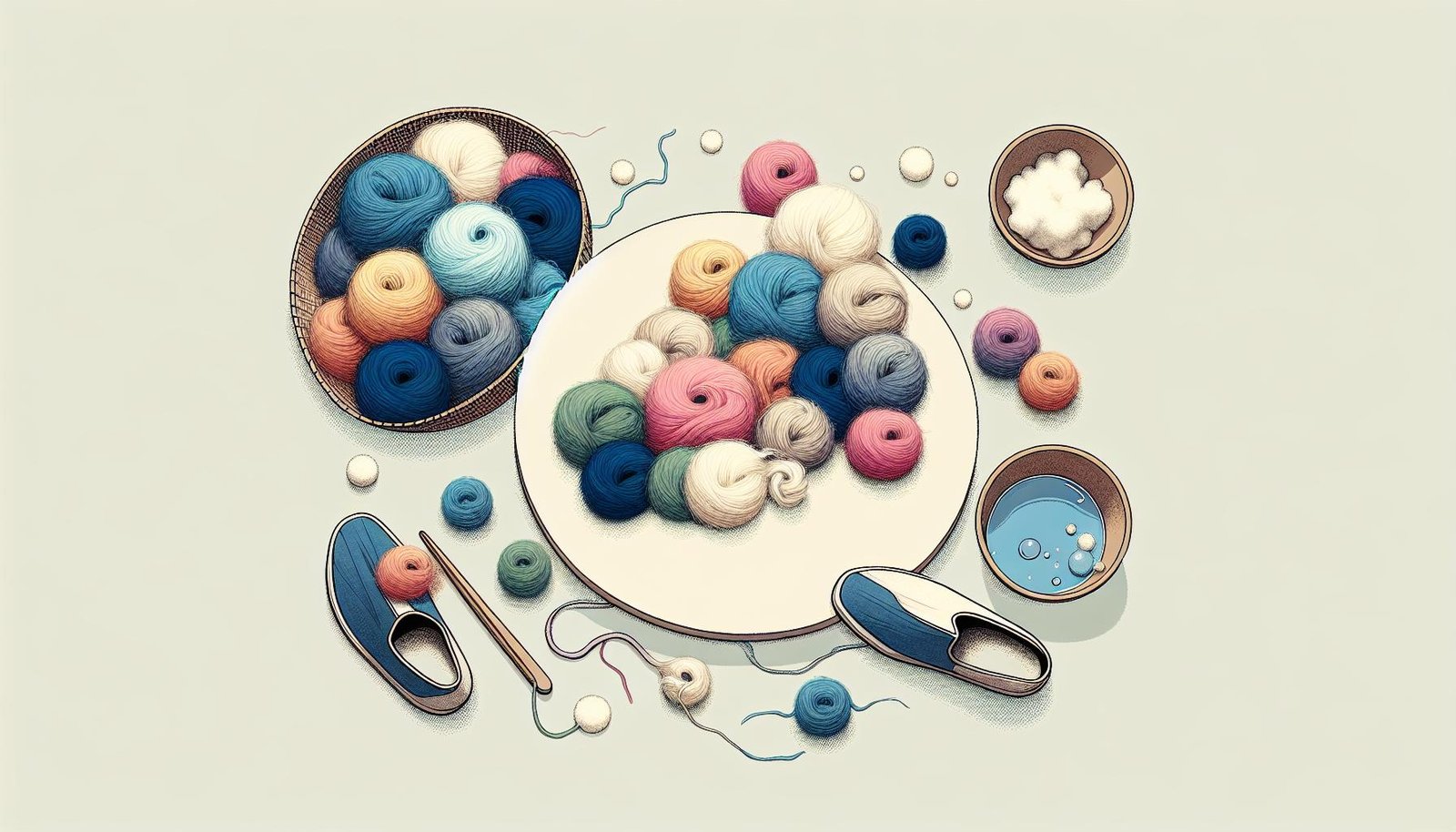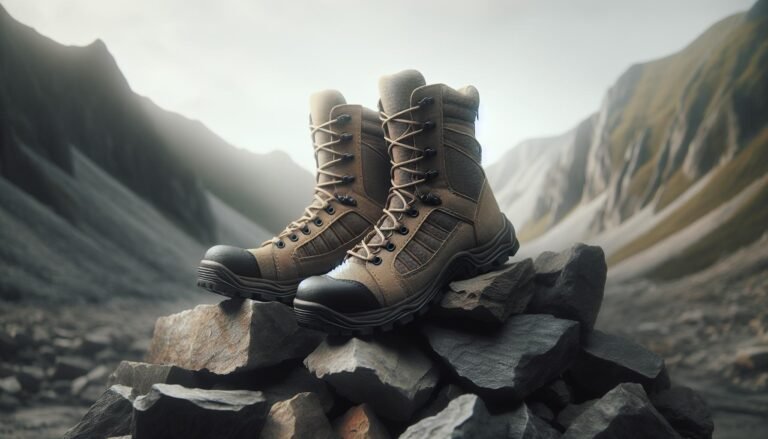How Much Wool Do You Need for Crafting Cozy Wet Felted Medium Slippers?
When it comes to creating cozy and comfortable wet felted medium slippers, knowing how much wool to use is essential for a successful crafting experience. The right amount of wool can make all the difference in achieving the perfect fit and durability for your handmade slippers. Whether you’re a seasoned crafter or a beginner looking to dive into the world of wet felting, understanding the wool requirements is key to bringing your slipper project to life.
In this article, we’ll explore the optimal amount of wool needed for crafting medium-sized wet felted slippers. From selecting the right type of wool to determining the quantity required for your specific slipper design, we’ll guide you through the process of creating snug and stylish footwear that you’ll love to wear around the house. Let’s dive into the world of wet felting and discover the magic of turning wool fibers into custom-made slippers that fit you just right.
Key Takeaways
- Understanding wet felting is essential for creating durable and dense fabric from wool fibers using water, soap, and friction.
- The type of wool used in wet felting impacts the final product, with soft varieties like Merino suitable for comfort and coarser types like Romney or Corriedale better for sturdiness.
- Factors influencing the amount of wool needed for medium slippers include felt thickness, design intricacy, and personal felting pressure.
- To estimate wool quantity accurately, calculate the surface area needed based on foot dimensions and adjust based on the specific factors affecting wool usage.
- Select high-quality wool like Merino or Romney, prepare fibers in thin, even layers, and consider blending colors or textures to enhance the aesthetic appeal and felting process of medium slippers.
- Shape the slippers by outlining the size and design, use finishing techniques like fulling and embellishments for durability and personalization of the wet felted medium slippers.
Understanding Wet Felting
Wet felting is a traditional method of fabric-making that dates back centuries. In wet felting, layers of wool fibers are agitated and manipulated to bind together, creating a dense and durable material. This process involves water, soap, and friction to mat the fibers together. By exerting pressure and rubbing the wool, the fibers interlock and form a sturdy fabric. Wet felting allows for the creation of various items such as garments, accessories, and, in this case, cozy slippers.
Importance of Wool Type in Felting
The type of wool used in wet felting plays a crucial role in the final outcome of the project. Different wool breeds have unique characteristics that affect how they felt. For example, Merino wool is known for its softness and fine fibers, making it ideal for creating garments that are comfortable to wear. Coarser wool varieties, like Romney or Corriedale, are better suited for items that require sturdiness, such as bags or rugs. Selecting the right wool type for wet felting ensures that the finished product is not only durable but also meets the desired comfort and aesthetic standards.
Estimating Wool Quantity for Medium Slippers
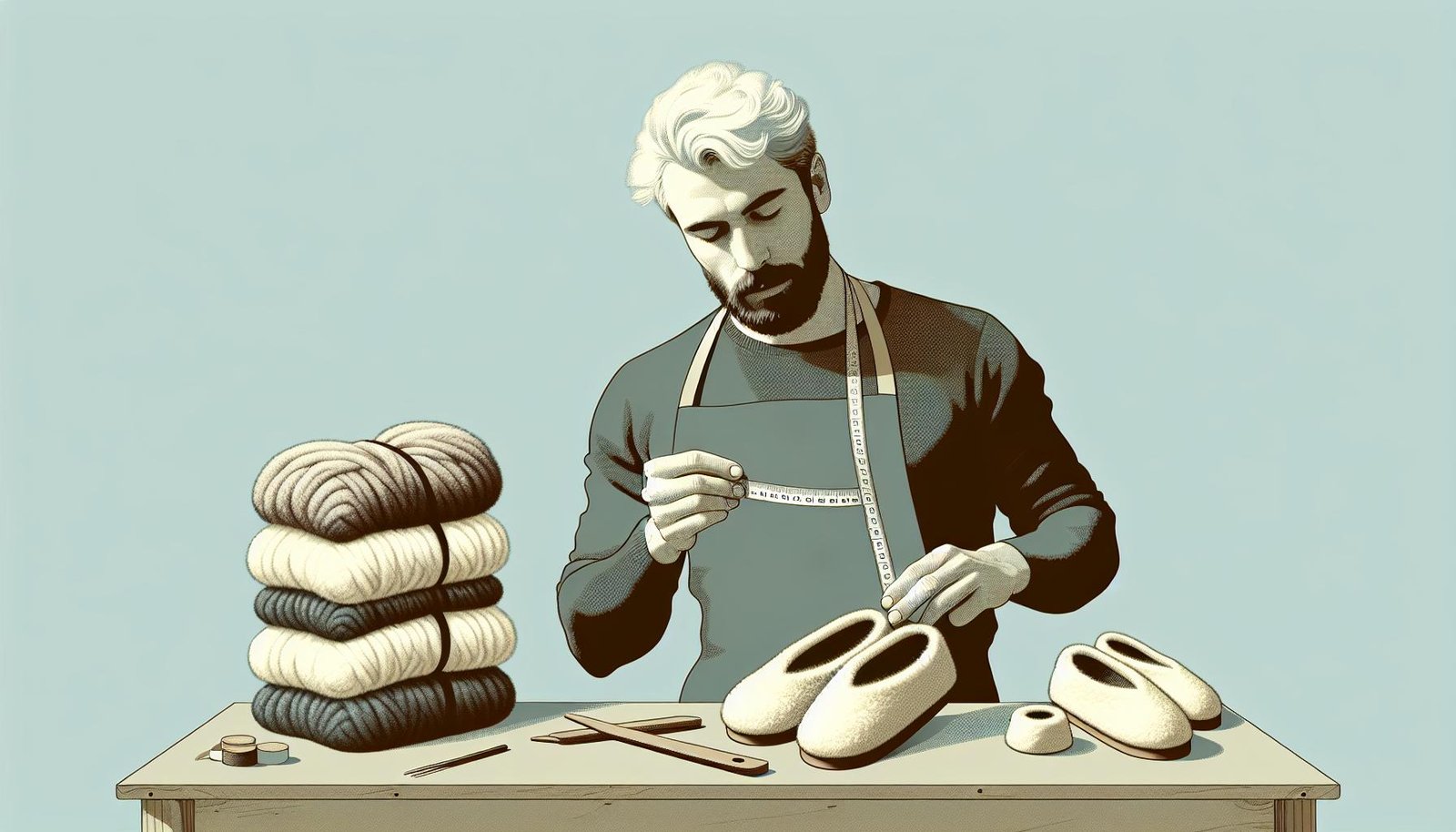
Factors Affecting Wool Quantity
- Felt Thickness: Thicker slippers require more wool to achieve a plush feel.
- Specific Design: Complex designs or embellishments might demand additional wool.
- Personal Tension: Individual felting pressure influences the wool compaction level.
Calculating the Exact Amount Needed
To find the required wool weight, measure the foot’s length, width, and desired thickness. Use these dimensions to calculate the surface area of wool needed by multiplying the measurements. Typically, 100 grams of wool covers an area of approximately 225 square inches. Adjust quantities based on the factors affecting wool usage mentioned earlier.
Preparing Wool for Wet Felting
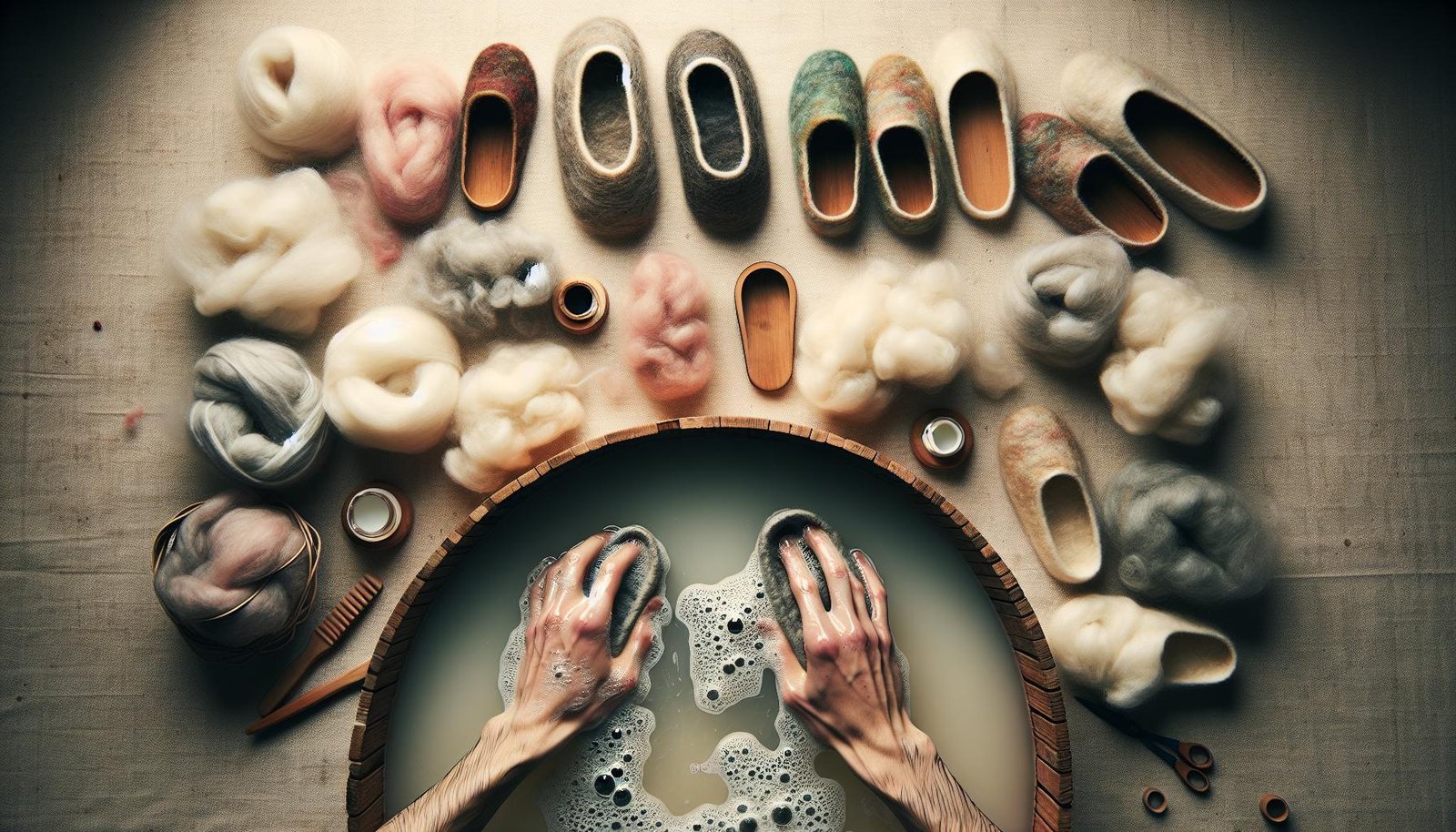
Choosing the Right Wool
When wet felting medium slippers, opting for the suitable wool fiber is crucial. It’s recommended to use high-quality wool like Merino or Romney breeds. These types of wool are known for their softness, durability, and ability to felt effectively. High-quality wool ensures a comfortable and long-lasting final product, making it ideal for crafting cozy and sturdy slippers.
Preparing Wool Fibers
Before starting the wet felting process, it’s essential to prepare the wool fibers properly. Begin by laying out the wool in thin, even layers to ensure uniform felting. Make sure to overlap the wool slightly to create a solid base for the slippers. Additionally, consider blending different wool colors or textures to add visual interest to the slippers. Properly preparing the wool fibers not only enhances the aesthetic appeal of the slippers but also improves the felting process, resulting in a well-crafted final product.
Step-by-Step Guide to Wet Felting Slippers
To shape your slippers effectively, start by outlining the desired size and design of the slippers before laying out the wool fibers. Ensure the fibers are evenly distributed to create a sturdy base for the slippers. By shaping the wool with gentle pressure and using a rolling technique, the fibers interlock to form a solid fabric. Remember to periodically check the sizing against your foot to achieve the perfect fit as you shape the slippers.
Finishing Techniques
After shaping the slippers, use various finishing techniques to enhance their durability and aesthetics. Consider fulling, which involves agitating the slippers in hot water to shrink and thicken the fabric, making it more robust. Additionally, embellish the slippers with decorative elements like embroidery, beads, or felted designs to personalize and adorn the finished slippers. These finishing touches not only add visual appeal but also contribute to the overall quality and longevity of your wet felted medium slippers.
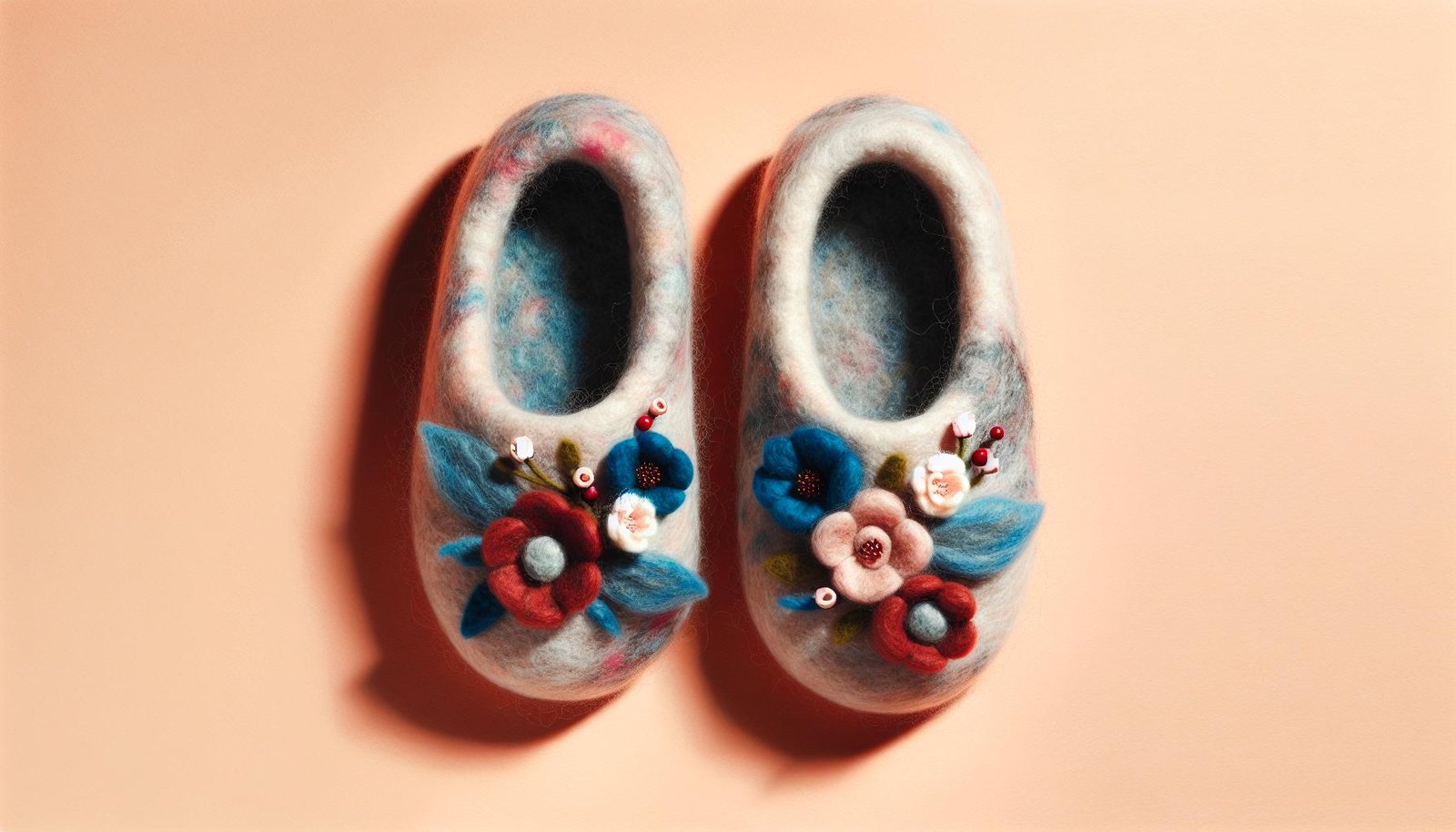
Crafting medium wet felted slippers requires attention to detail, from selecting the right wool to mastering the felting process. Choosing high-quality wool like Merino or Romney breeds is essential for creating soft and durable slippers. By preparing the wool fibers meticulously and blending colors thoughtfully, one can enhance the overall appeal of the slippers. Following the step-by-step felting guide ensures that the slippers are shaped effectively and finished with finesse. Personalizing the slippers with decorative elements adds a unique touch. With the right techniques and materials, anyone can create cozy and stylish wet felted slippers tailored to their preferences.
Frequently Asked Questions
What is wet felting and how is it used in fabric-making?
Wet felting is a traditional technique using wool fibers, water, soap, and friction to create fabric. It involves agitating wool fibers to interlock and form a solid piece of felted fabric, often used for items like slippers.
Why is wool selection important for wet felting slippers?
Choosing the right wool, such as Merino or Romney breeds, is crucial for wet felting slippers. These breeds are known for their softness and durability, resulting in comfortable and long-lasting finished products.
How do you prepare wool fibers for wet felting slippers?
Prepare wool fibers by laying them out evenly and blending colors or textures. This enhances both the aesthetics and efficiency of the felting process, ensuring well-crafted slippers.
What is the process of wet felting slippers?
To wet felt slippers, shape them by outlining the desired size and design, distributing wool fibers evenly, and using gentle pressure and rolling techniques to interlock the fibers. Finish by fulling in hot water to shrink and thicken the fabric.
How can decorative elements be added to wet felted slippers?
Add decorative elements like embroidery, beads, or additional felted designs to personalize and enhance the durability and aesthetics of wet felted slippers.

